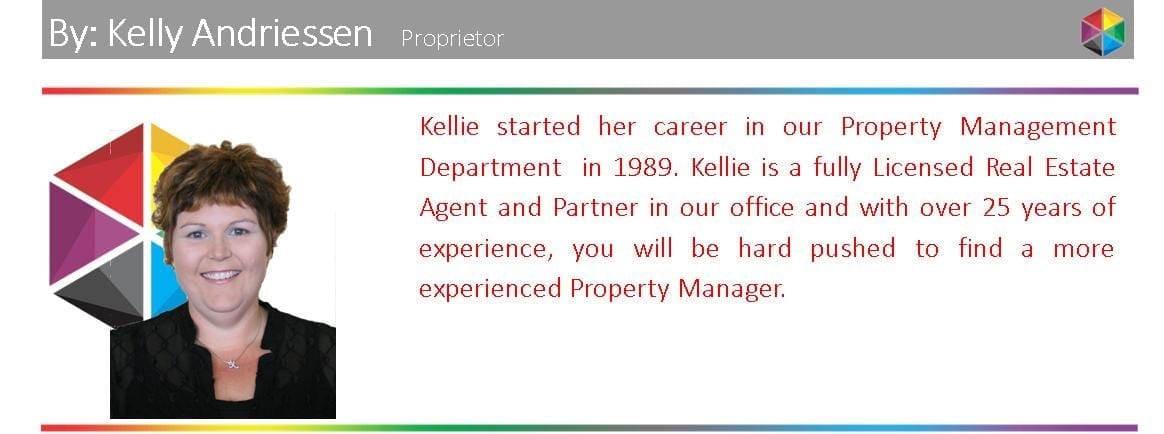
Gearing? What Is It?
There’s been a lot in the news recently about negative gearing, and concerns have been raised over proposed changes to the legislation. But if you’re new to investing, you may be wondering what exactly gearing is?
Gearing is the term given to borrowing money to invest – whether it’s in property or for other investment opportunities.
There are three types of gearing: positive, neutral and negative. The category your geared investment property falls into is determined by how much income your investment earns against how much the ongoing costs are and there are obviously pros and cons for each category.
Positive gearing
If investment costs are lower than the income received from the investment and you have an income, it is known as positive gearing. With a property investment, it means that the income from rent covers all your ongoing costs and there is some left over for you! But this income will have to be declared so you’ll need to set something aside for the tax office.
Neutral gearing
When all investment costs are the same as the income you receive from the investment, (ie your rental income is the same as your outgoings), it is known as neutral gearing. Some property investors prefer to neutrally gear their investment; although they don’t have an income from the property, they also don’t have to pay any tax because no profit was made.
Negative gearing
When earnings from an investment don’t cover all the investment costs, (ie the rental income is less than all outgoings), it is known as negative gearing. Negative gearing can give benefits for property investors by allowing them to offset the loss from the investment against other income, such as a salary. In other words, you have affectively reduced the total amount of income on which tax is calculated.
While there are tax benefits to be had from negative gearing, there are other risks which you need to consider, such as if the property is empty for a length of time or the interest rates rise very quickly.
Why is ‘negative gearing’ making headlines for property investors?
In Australia, one of the basic principles of tax is that necessary costs in earning income are generally tax deductible; currently the interest on a loan for an investment property is considered a necessary cost.
Other necessary costs for a property investment include maintenance, property management fees, strata fees and rates.
The proposed changes to negative gearing means interest would no longer be a tax deductible item, and this could affect some property investors depending on how they’ve geared their investment.
As with any investment, you are still responsible for the interest on the loan as well as the principal of the loan itself regardless of whether the investment is making a profit or loss. We strongly recommend you speak to a financial specialist so you can fully understand the financial implications and risks of positive, neutral and negative gearing for your situation.
Once you’ve decided on your budget, come to us. We can show you property investment opportunities in the Newcastle region and our experienced property management team can explain how our property management services can help.
